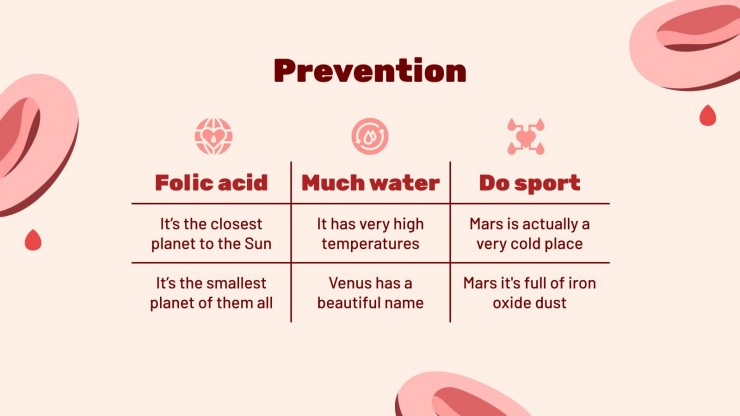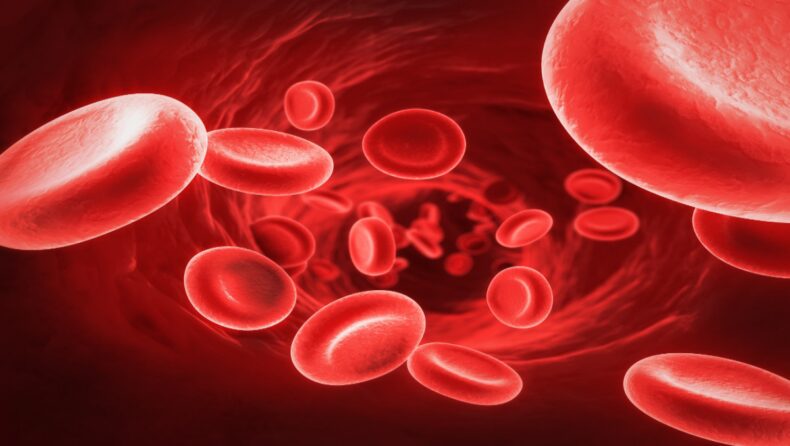Sickle Cell Disease is a genetic disorder that affects thousands of people in India and millions of people around the world.

Highlights
- Sickle Cell Disease is a disease that affects your genes and can potentially kill the patient.
- There are millions of people who die due to this disease.
- Sickle Cell is prone in people with ancestors from Saharan- Africa, the western hemisphere, and Mediterranean countries.
- The symptoms of this disease are jaundice, severe anemia or low hemoglobin, and bone pain.
Sickle Cell disease is an inherited genetic disease in which a gene is incorporated into a sickle or crescent shape.
The most common one is called sickle cell anemia. An abnormality in the oxygen-carrying protein hemoglobin is found in RBC.
This can lead to many health problems like attacks of pain, anemia, bacterial infections, swelling in the hands, and stroke.

Sickle cell disease first reports in the medical book by American physician James B. Herrick in 1910 in the body of a runaway slave.
The genetic transmission was determined by E.A Beet and J.V. Neel. In 1954, it describe that sickle cell disease had a protective effect against malaria.
Problems with this disease usually begin around 5 to 6 months of age.
Long-term pain may occur as people get older. The average age expectancy in the developed world is 40 to 60 years old.
This can occur when a person gets abnormal copies of the β- goblin gene(HBB) from each parent. This occurs in chromosome 11. Nonetheless, there are many types depending on the mutation in each gene.
How to prevent Sickle Cell Disease
Temperature changes, stress, dehydration as well as high altitude can set off an attack.
A person with a single abnormal copy does not have symptoms and hence has a sickle cell trait. these people are carriers.

Taking care of people with sickle cell can include infection prevention with vaccination, antibiotics, high fluid intake, folic acid supplements, and also pain medication.
Blood tests can also help you to detect the disease. Blood transfusion and hydroxycarbamide can also help.
Talking to healthcare providers can help you understand how to prevent and control it as a bone marrow transplant can only cure it.
As of 2015, more than 4 million people are struggling with sickle cell disorder while another 43 million have the trait.
It resulted in around 114,800 deaths worldwide. Yearly this disease affects almost 10,000 people in India. India has the second highest burden of SCD after Nigeria.
SDC infects almost 18 million SCT. 1.4 million of the tribal population is also affected by this disease. More than 20% of tribal children die under the age of two and 30% of tribal children die before reaching adulthood.
This disease is a cause of worry in India as there are more and more getting infected.
But there are quite a less people who know about this grievous disease. More people should learn about Sickle cell disease.
The disease is quite prevalent in Chhattisgarh, Bihar, Uttar Pradesh, Maharashtra, Odisha, Jharkhand, Rajasthan, and Madhya Pradesh.
We should try to create more awareness about this disease.













